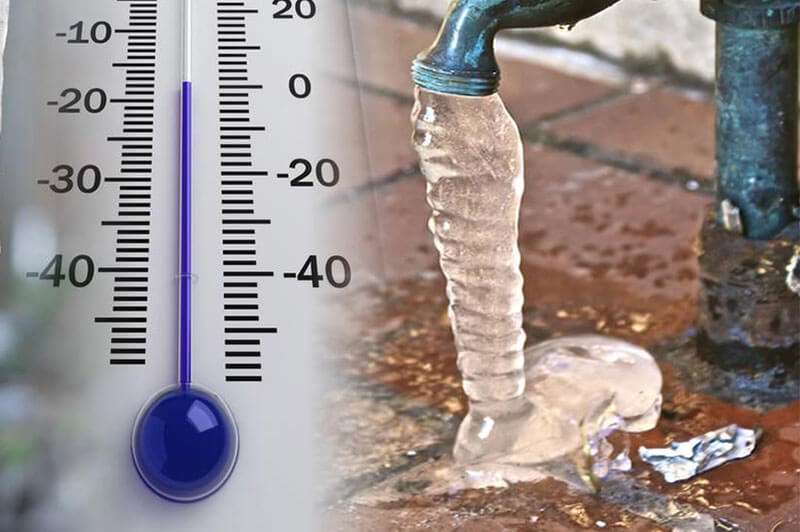The article on the next paragraphs on the subject of Is it safe to flush food (especially rice) down the toilet? is extremely interesting. Check it out for your own benefit and see what you think of it.

Introduction
Many individuals are frequently faced with the issue of what to do with food waste, especially when it involves leftovers or scraps. One typical concern that develops is whether it's fine to purge food down the bathroom. In this write-up, we'll delve into the reasons why people could consider purging food, the repercussions of doing so, and alternative approaches for appropriate disposal.
Reasons why people might consider purging food
Lack of recognition
Some people might not be aware of the possible harm caused by purging food down the bathroom. They may mistakenly believe that it's a harmless technique.
Convenience
Flushing food down the toilet might look like a quick and very easy service to taking care of undesirable scraps, specifically when there's no nearby garbage can available.
Idleness
In many cases, people might simply pick to flush food out of sheer negligence, without taking into consideration the consequences of their actions.
Effects of flushing food down the toilet
Ecological influence
Food waste that ends up in waterways can add to pollution and damage marine environments. In addition, the water used to flush food can strain water resources.
Plumbing concerns
Flushing food can bring about clogged pipes and drains pipes, causing costly plumbing repair work and hassles.
Sorts of food that ought to not be flushed
Fibrous foods
Foods with coarse textures such as celery or corn husks can obtain entangled in pipelines and trigger clogs.
Starchy foods
Starchy foods like pasta and rice can take in water and swell, bring about obstructions in pipes.
Oils and fats
Greasy foods like bacon or food preparation oils need to never ever be flushed down the toilet as they can solidify and cause clogs.
Correct disposal approaches for food waste
Utilizing a garbage disposal
For homes geared up with garbage disposals, food scraps can be ground up and purged through the plumbing system. Nonetheless, not all foods are suitable for disposal in this way.
Recycling
Particular food packaging products can be reused, decreasing waste and decreasing environmental impact.
Composting
Composting is an eco-friendly way to take care of food waste. Organic products can be composted and made use of to enhance soil for horticulture.
The relevance of appropriate waste administration
Minimizing ecological damage
Appropriate waste monitoring methods, such as composting and recycling, aid decrease air pollution and preserve natural deposits for future generations.
Protecting plumbing systems
By staying clear of the technique of flushing food down the toilet, homeowners can stop pricey pipes repair services and keep the honesty of their pipes systems.
Verdict
Finally, while it might be alluring to flush food down the commode for comfort, it is very important to understand the potential repercussions of this action. By embracing appropriate waste administration practices and disposing of food waste responsibly, individuals can contribute to healthier pipes systems and a cleaner atmosphere for all.
THINK TWICE BEFORE FLUSHING FOOD DOWN YOUR TOILET IN FALLBROOK CA
Let’s be honest, we’re really supposed to be tossing rotten or leftover food in the compost bin or trash can. But many people like to place scraps of food down the drain of, say, their kitchen sink. That’s why the garbage disposal was invented: so we can continue to place certain foods down the drain without clogging our drain in the process. Smart.
But not all of us have the luxury of having a garbage disposal installed. So, you might continue to shove food down your sink drain anyway – or worse: you might flush them down your toilet! If you’re guilty of doing the latter, you’re going to want to stop, and here’s why:
Toilet Drains Aren’t Designed to Handle Food!
There’s your answer: food just doesn’t belong in your toilet. It may seem like your toilet drain is wider than the drains of your sinks, but truth be told, that isn’t actually the case. The narrower pipes of your toilet leave your plumbing at risk for clogging if you do happen to flush your food. In addition, food doesn’t break down as quickly that toilet paper and human waste do. In turn, this leaves your toilet at risk for a nasty clog.
Although a flush of a tiny pinch of food every now and then isn’t going to completely damage your toilet, there are certain foods that should absolutely not be flushed in your toilet at all. These include starchy foods like mashed potatoes, grains, hard pieces of food that are slow to break down, and fats and oils.
The latter categories of food are particularly problematic as they may harden, expand as they absorb water, break down slowly in your system, or generally create the perfect obstruction with their gelatinous composition. These are all things you don’t want in your plumbing system!
Experiencing a Toilet Clog?
Nobody’s perfect, and we all make mistakes. Sometimes one of the mistakes people make is flushing food down their toilet and later realizing that it wasn’t the best thing to do once they see that their toilet is now clogged. Uh-oh!

We hope you enjoyed our topic on Is it safe to flush food (especially rice) down the toilet?. Thanks for finding the time to read our article. So long as you appreciated our blog entry plz don't forget to share it. Many thanks for your time invested reading it.
Click Here

